12 Ways to Turn Your Dadbod Into a Fit Bod
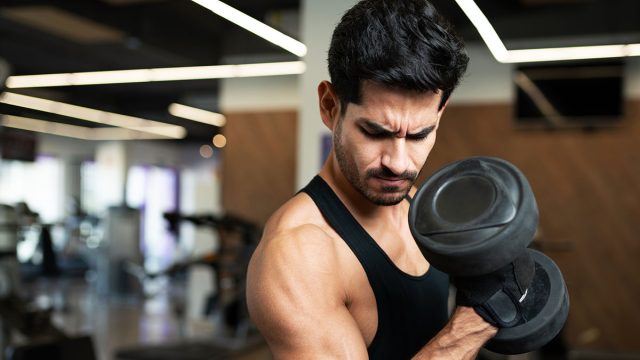
Want to turn your dadbod into a fitbod? You've come to the right place. I have been coaching for 20+ years, with a Bachelor's and Master's Degree in Exercise Science, as well as several fitness certifications. And over that time, tons of dads have come to me, looking to get fit. Maybe they want more evergy to keep up with their children, maybe they want to live long enough to see them graduate, maybe they want to feel attractive to their partners. The more obvious benefits of fitness are improved physical health, better joint health and flexibility, and longevity and quality of life. However, other positives for dads (and anyone) include improved mental and emotional health, increased energy levels, better sleep, improved cognitive function, and social connections. Not to mention the role model you are providing for your kids and family. Read on for 12 ways to turn your dadbod into a fitbod.
Personalized Approach to Health
@livfitkarl 🔥 Dreams into reality, and sweat into strength From a strong desire for change to a stunning physical transformation – this is the power of determination. It's not just about losing weight; it's about gaining confidence and a healthier lifestyle. Inspired by this transformation? Contact me to discover how you can achieve your fitness goals! _____________________ #busydad #weightlossjourney #balancinglife #fitnessgoals #healthylifestyle #fitlife #lifeontiktok ♬ original sound – Karl • Online Fitness Coach
There are many avenues to fitness and nutrition. Choose those that work for you and can be maintained long-term. There is no one "best" way to health. The best way for you is the one that works and you can adhere to long term. Otherwise, you fall into the roller coaster pattern of health that most understand.
Related: I'm a Weight Loss Coach and Here Are 4 Ways You Can Lose 10 Pounds in 30 Days
Goal Setting
@livfitkarl 👀What you see on social media vs. what you don't see behind the scenes. 🫢Contrary to popular belief, being a fit dad of 4 kids, does not allow one to spend hours in the gym, or meal planning in the kitchen. You've got to be efficient with your time, smarter with your processes, and flexible with your schedule. 🏃I like to be active in my own kids' lives and include them in activities as much as I can. Add on work, home life, plus other things, and you quickly have limited time for your own health and fitness. However, it can be done. _______ #fitdad #fitdadlife #fitover40 #fitover30 #fitdadover40 #virtualtrainer #onlinefitnesscoach #dadlife #fitnessdad ♬ original sound – Henbu
Set realistic goals. Your goals need to be achievable and objective. Use numbers and tangible measurements and understand your limits and lifestyle. Saying you want under 10% body fat may not be realistic for you and is quite likely not even necessary or needed.
Workout Routine Balance
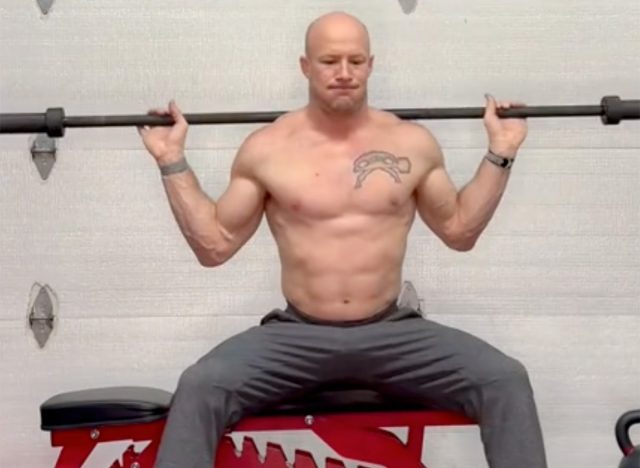
Create a balanced workout routine incorporating muscular strength, endurance, cardiovascular exercise, and flexibility. Balance and variety are key. If you only focus on one thing, you will most definitely develop weaknesses and inefficiencies in others. These can lead to injuries or other issues down the road.
Importance of Nutrition
Nutrition matters. You may have heard, "You can't outwork a bad diet". This is more true than most realize, and even more imperative as we get older. Eating healthier will change everything in your life drastically. Way more so than any amount of exercise.
Related: I'm a Celebrity Trainer and These 8 At-Home Exercises That Will Get You Fit Without a Gym
Sleep and Stress Management

Sleep and stress matter. If you're not getting enough sleep and you're constantly in distress, exercise and nutrition can become irrelevant. Your body will never be in a state to grow or improve as it will always be in recovery or survival mode.
The Role of Hydration
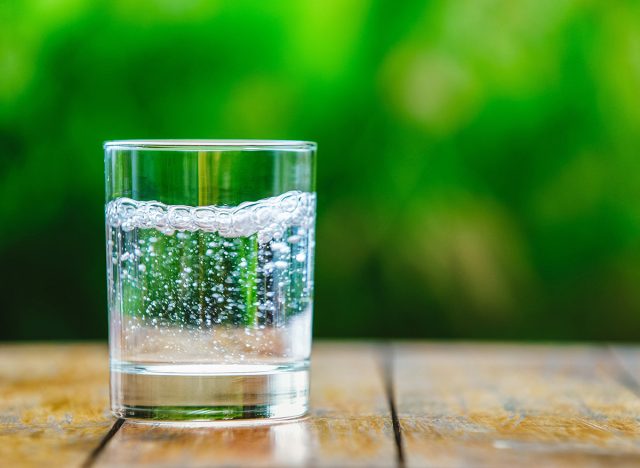
Hydration matters. People forget about drinking enough water. Not only is it necessary for basic needs and survival but it can improve sleep, mood, cognition, and can keep you full when you "think" you're hungry.
Benefits of Strength Training
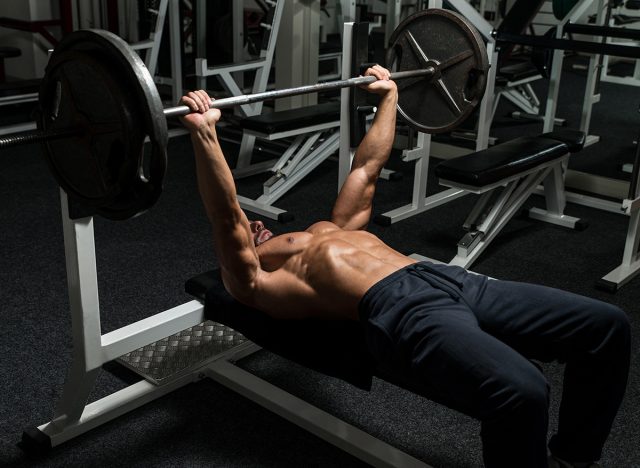
Strength training is a must. After age 30 we lose something around 3-8% of muscle mass every decade. If you're not strength training, likely more. This might not matter to you now but at some point you're not going to be able to live independently. I'd like to be self sufficient as late into life as possible.
Consistency Over Perfection
@livfitkarl Consistency is the key that unlocks the door to your fitness goals. It's the small, consistent steps that lead to monumental change. Stay dedicated to your fitness routine and watch the transformation happen. Share in the comments: What keeps you consistent in your fitness journey? Let's inspire each other! 💬🏋️♀️ _____________________ #busydad #progressovertime #consistencymatters #fitnessgoals #healthylifestyle #fitlife #fitnessjourney #coachlife #fitfam #personaltrainer ♬ original sound – Karl • Online Fitness Coach
Consistency is key. Focus on being in this for the long haul, for a lifetime. This isn't a 6 week bootcamp. Being consistent with diet and exercise are the most important. It might not always be the best workout ever, and you will slip on nutrition from time to time. That's life. However, being as consistent as you can, as often as you can, will make all of the difference over the course of a lifetime.
Listening to Your Body
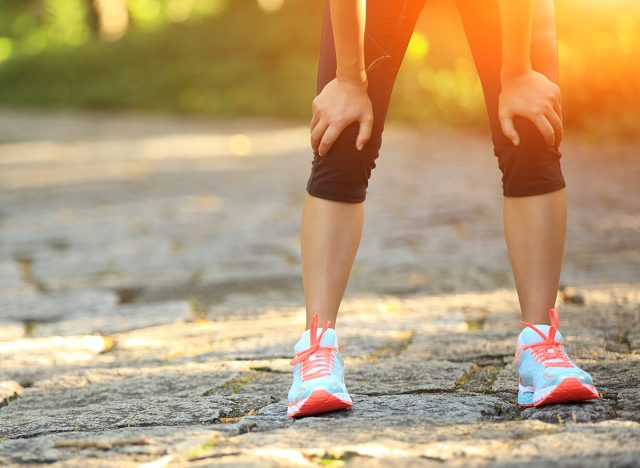
Listen to your body. If you need a break, take one, or go a little easier that day. Don't use this as an excuse but understanding your limits and needs will improve your overall fitness, prevent injuries, overtraining, and burnout.
Related: Top 10 Superfoods Every Man Should Eat for the Best Body
Embracing Imperfection
@livfitkarl This is why we're all failing as dads. We think we need to be perfect and feel extreme guilt when we're not. No one is perfect. We all make mistakes. How we respond to these mistakes and failures is what matters. Share a recent failure or mistake and how you dealt with it. #failforward #failureissuccess #dadlife #notperfectisperfect #fitdadover40 #mistakesarehowyoulearn #realtalk ♬ Living in a Haze (Instrumental) – Milky Chance
You can be fit without perfection (in diet, in training, in lifestyle). Remember to enjoy life! No one is perfect, nor can they be. You're going to have off days, and that's okay. Don't beat yourself up about it or give up entirely. Just regroup, chalk it up to experience, and start again tomorrow.
Mistakes to Avoid
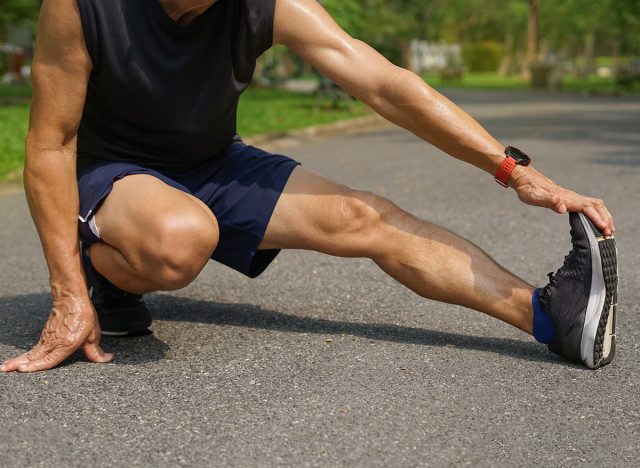
Here are common mistakes should people avoid to maintain a fit body: 1) Trying to make drastic or too strict of changes to diet and fitness. More often than not these things are not sustainable long term. 2) Neglecting warm-up/cool down that includes mobility and flexibility work. 3) Focusing primarily on aesthetics.
Don't Overcomplicate This!
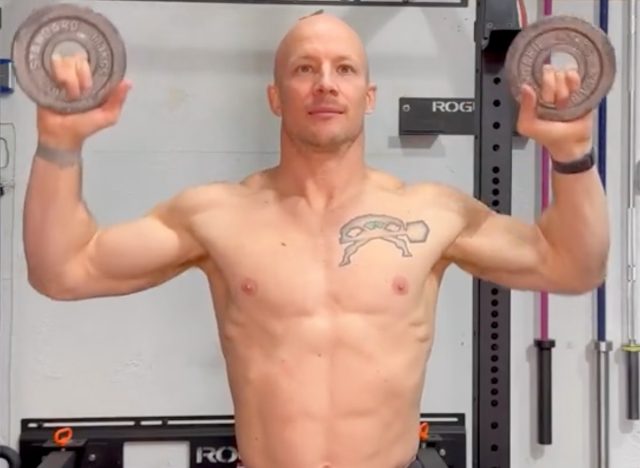
All too often people overcomplicate health and fitness. Keep it simple. Eat real foods when possible. Exercise daily. Practice moderation. Focus on the lifelong journey not the 6 week bootcamps.
💪🔥Body Booster: Engaging in strength training is essential. Once we cross the age of 30, there's a decline in muscle mass by approximately 3-8% each decade. The rate of loss may be even higher if you're not incorporating strength training into your routine.
Karl Bratlandis is a functional fitness and nutritional coach at LIV Better Fitness who helps other dads (and moms) look, move, and feel better with custom fitness and nutrition plans.




